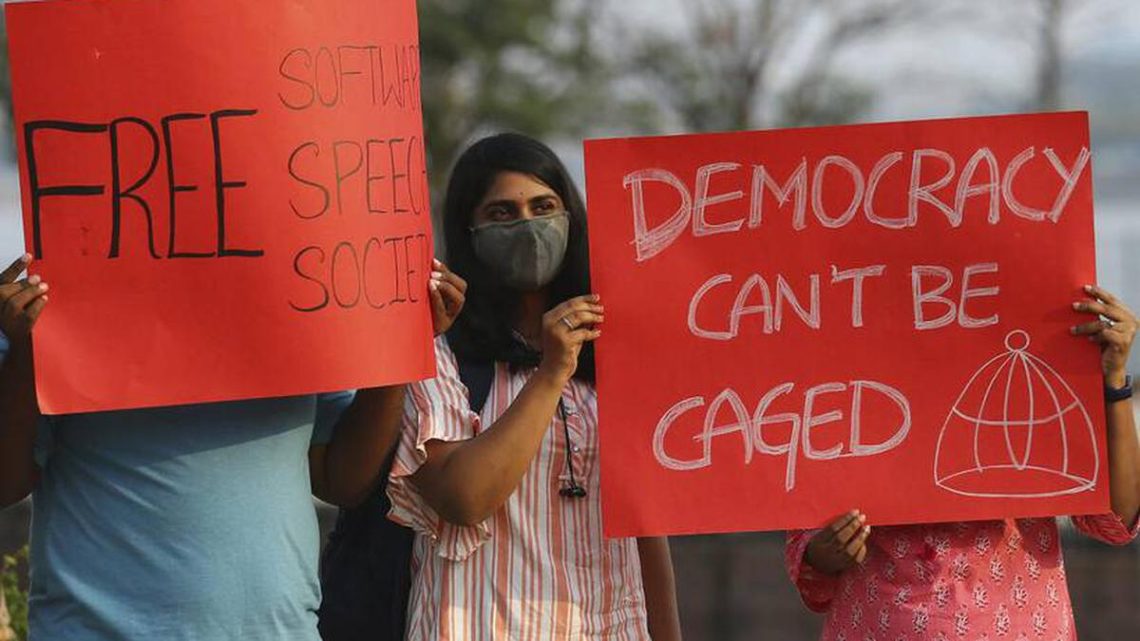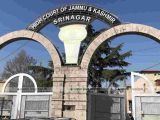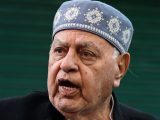
India’s Press Freedom in Crisis: A Deep Dive into the 2024 World Press Freedom Index
May 30, 2024India ranks 159 out of 180 countries in the latest World Press Freedom Index, released by Reporters Without Borders (RSF). This ranking marks a slight improvement from its previous position of 161 in 2023 but still highlights significant concerns regarding the state of press freedom in the country. The RSF’s annual report, which assesses the level of press freedom across the globe, paints a troubling picture of the media landscape in India under Prime Minister Narendra Modi’s government.
The report underscores that press freedom is facing a crisis in India, often referred to as the world’s largest democracy. Since Modi’s ascent to power in 2014, the RSF claims, India’s media environment has deteriorated into an “unofficial state of emergency.” This decline is attributed to several new laws that grant the government extensive powers to control the media, censor news, and suppress criticism. Notable among these are the 2023 Telecommunications Act, the 2023 draft Broadcasting Services (Regulation) Bill, and the 2023 Digital Personal Data Protection Act.
Despite moving up two spots in the rankings, the RSF notes that this rise is misleading, as it results from other countries falling in their scores rather than significant improvements in India’s media freedom. The report criticizes the Modi government for fostering a close relationship between the ruling party, the Bharatiya Janata Party (BJP), and influential media conglomerates. It highlights the example of Mukesh Ambani’s Reliance Industries, which controls over 70 media outlets with a massive reach of at least 800 million Indians, illustrating the concentration of media ownership and its implications for press independence.
Journalists in India who criticize the government often face severe repercussions, including online harassment, threats, physical attacks, and legal prosecutions. The report details the harassment and intimidation tactics employed against journalists, including arbitrary arrests and criminal prosecutions. As of now, nine journalists and one media worker are detained, although there have been no reported killings of journalists since January 2024.
The situation is particularly dire in IIOJK, where reporters endure persistent harassment by police and paramilitary forces. The RSF notes that some journalists in IIOJK have been subjected to “provisional” detention, lasting for several years without formal charges, exacerbating the already oppressive environment for media professionals in the region.
The RSF also highlights a broader regional decline in press freedom, with 26 out of 32 countries in the Asia-Pacific region experiencing a fall in their scores. This regional trend underscores the challenges faced by journalists in India.
Norway, Denmark, and Sweden top the World Press Freedom Index, exemplifying strong media freedom standards that starkly contrast with India’s deteriorating situation. The RSF’s findings serve as a stark reminder of the fragile state of press freedom in India and call for urgent call to protect and promote independent journalism in the country.

